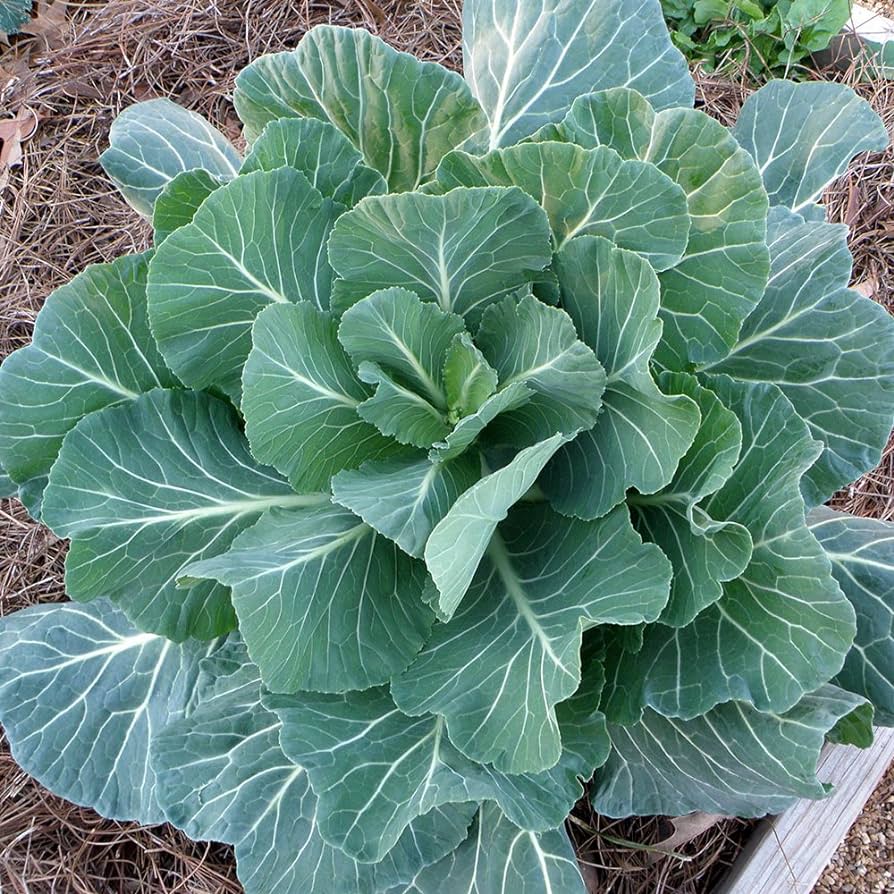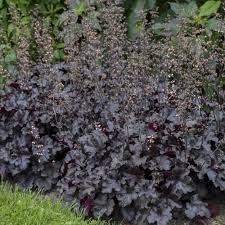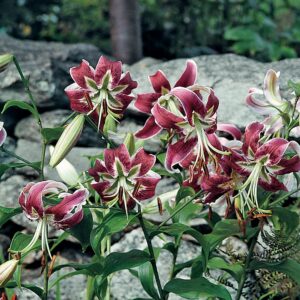Georgia sultan variety of collards
Description of Georgia sultan variety of collards.
The Georgia Sultan variety of collards is renowned for its large, dark green leaves and its resilience to heat and pests. It’s a staple in Southern cuisine, prized for its tender texture and slightly sweet flavor. This variety is often used in traditional dishes like collard greens, where the leaves are slow-cooked with seasonings like bacon or ham hock for a rich and savory taste. Georgia Sultan collards are also valued for their high nutritional content, offering vitamins, minerals, and antioxidants.
Planting instructions for Georgia sultan variety of collards
To plant Georgia Sultan collards:
- Select a Suitable Location: Choose a sunny spot in your garden with well-draining soil. Collards prefer full sun but can tolerate partial shade.
- Prepare the Soil: Collards thrive in fertile, loamy soil with a pH between 6.0 and 7.5. Amend the soil with compost or well-rotted manure to improve its texture and nutrient content.
- Planting Seeds: Sow seeds directly into the garden about ¼ to ½ inch deep, spaced 12 to 18 inches apart in rows that are 18 to 24 inches apart. You can start seeds indoors 4 to 6 weeks before the last frost date and transplant seedlings outdoors once they have a few sets of true leaves.
- Watering: Keep the soil consistently moist, but not waterlogged, especially during dry periods. Water deeply to encourage strong root growth.
- Fertilizing: Collards are moderate feeders. Side dress with compost or a balanced fertilizer (such as 10-10-10) when the plants are about 6 inches tall and again when they begin to form heads.
- Thinning: Once seedlings emerge, thin them to the strongest plants, leaving the desired spacing between them.
- Mulching: Apply a layer of mulch around the plants to conserve moisture, suppress weeds, and keep the soil temperature stable.
- Pest and Disease Control: Monitor for pests like cabbage loopers, aphids, and cabbage worms. Handpick pests or use organic insecticidal soap if necessary. Practice crop rotation to reduce the risk of diseases.
- Harvesting: You can start harvesting outer leaves when they are large enough to eat, usually around 60 to 80 days after planting. Cut leaves from the bottom of the plant, leaving the center intact to continue producing new growth.
Description of Georgia sultan variety of collards.
The Georgia Sultan variety of collards is renowned for its large, dark green leaves and its resilience to heat and pests. It’s a staple in Southern cuisine, prized for its tender texture and slightly sweet flavor. This variety is often used in traditional dishes like collard greens, where the leaves are slow-cooked with seasonings like bacon or ham hock for a rich and savory taste. Georgia Sultan collards are also valued for their high nutritional content, offering vitamins, minerals, and antioxidants.
Planting instructions for Georgia sultan variety of collards
To plant Georgia Sultan collards:
- Select a Suitable Location: Choose a sunny spot in your garden with well-draining soil. Collards prefer full sun but can tolerate partial shade.
- Prepare the Soil: Collards thrive in fertile, loamy soil with a pH between 6.0 and 7.5. Amend the soil with compost or well-rotted manure to improve its texture and nutrient content.
- Planting Seeds: Sow seeds directly into the garden about ¼ to ½ inch deep, spaced 12 to 18 inches apart in rows that are 18 to 24 inches apart. You can start seeds indoors 4 to 6 weeks before the last frost date and transplant seedlings outdoors once they have a few sets of true leaves.
- Watering: Keep the soil consistently moist, but not waterlogged, especially during dry periods. Water deeply to encourage strong root growth.
- Fertilizing: Collards are moderate feeders. Side dress with compost or a balanced fertilizer (such as 10-10-10) when the plants are about 6 inches tall and again when they begin to form heads.
- Thinning: Once seedlings emerge, thin them to the strongest plants, leaving the desired spacing between them.
- Mulching: Apply a layer of mulch around the plants to conserve moisture, suppress weeds, and keep the soil temperature stable.
- Pest and Disease Control: Monitor for pests like cabbage loopers, aphids, and cabbage worms. Handpick pests or use organic insecticidal soap if necessary. Practice crop rotation to reduce the risk of diseases.
- Harvesting: You can start harvesting outer leaves when they are large enough to eat, usually around 60 to 80 days after planting. Cut leaves from the bottom of the plant, leaving the center intact to continue producing new growth.





